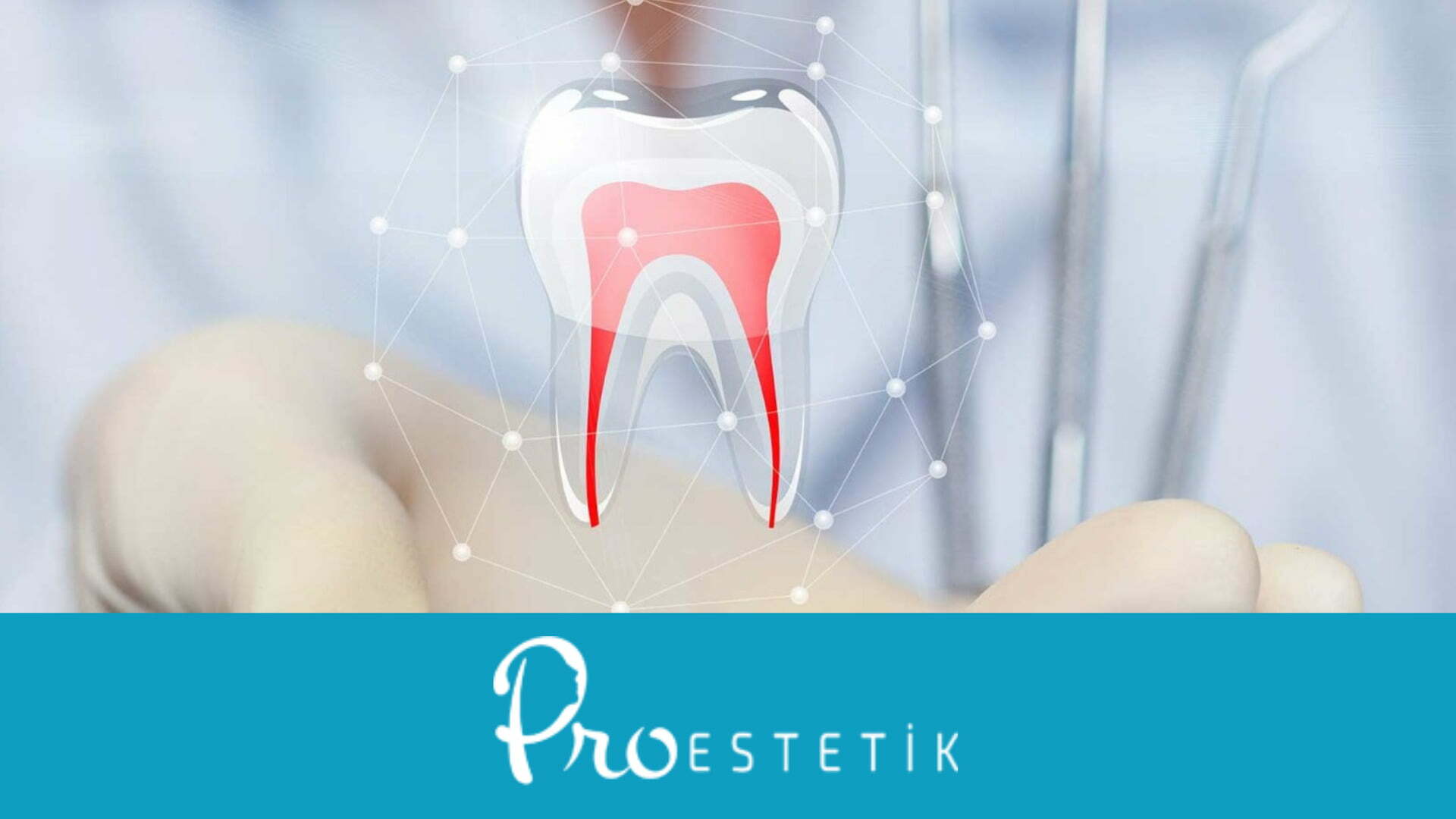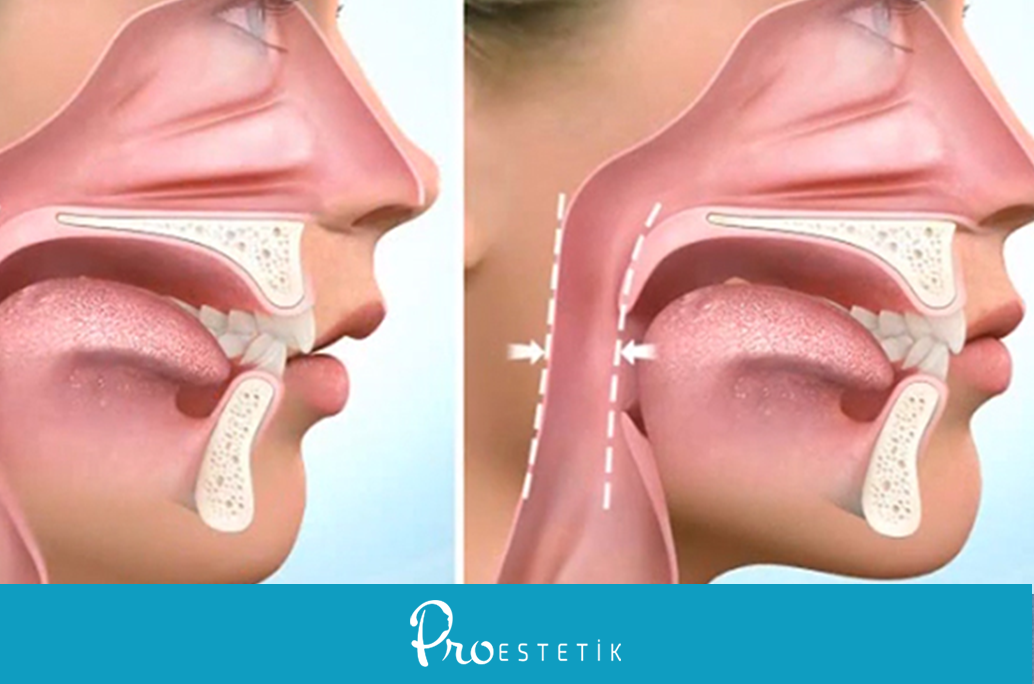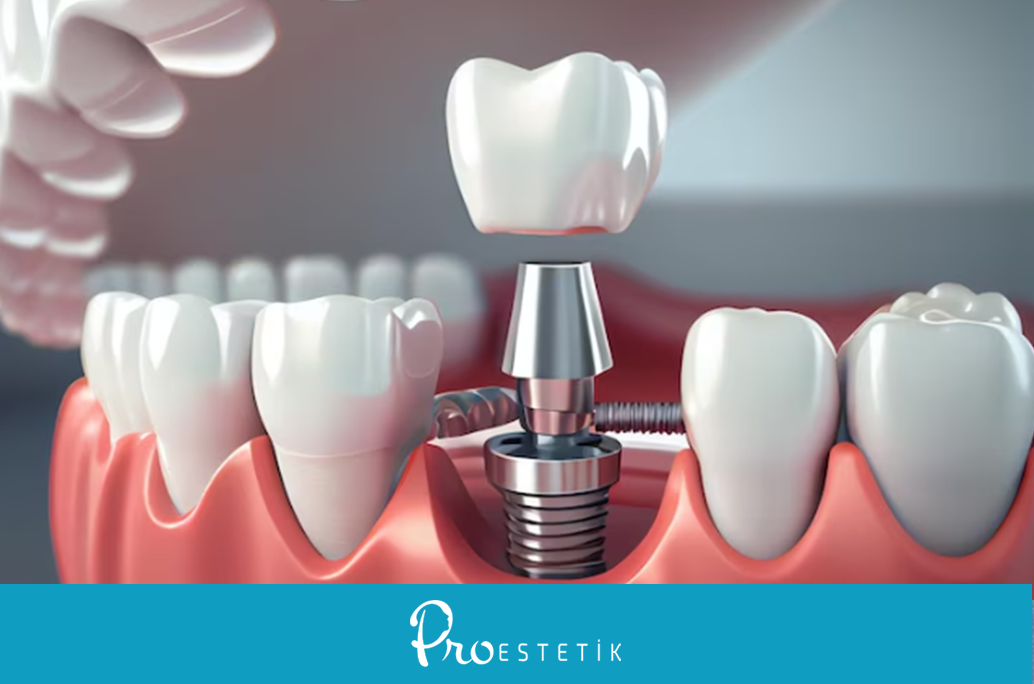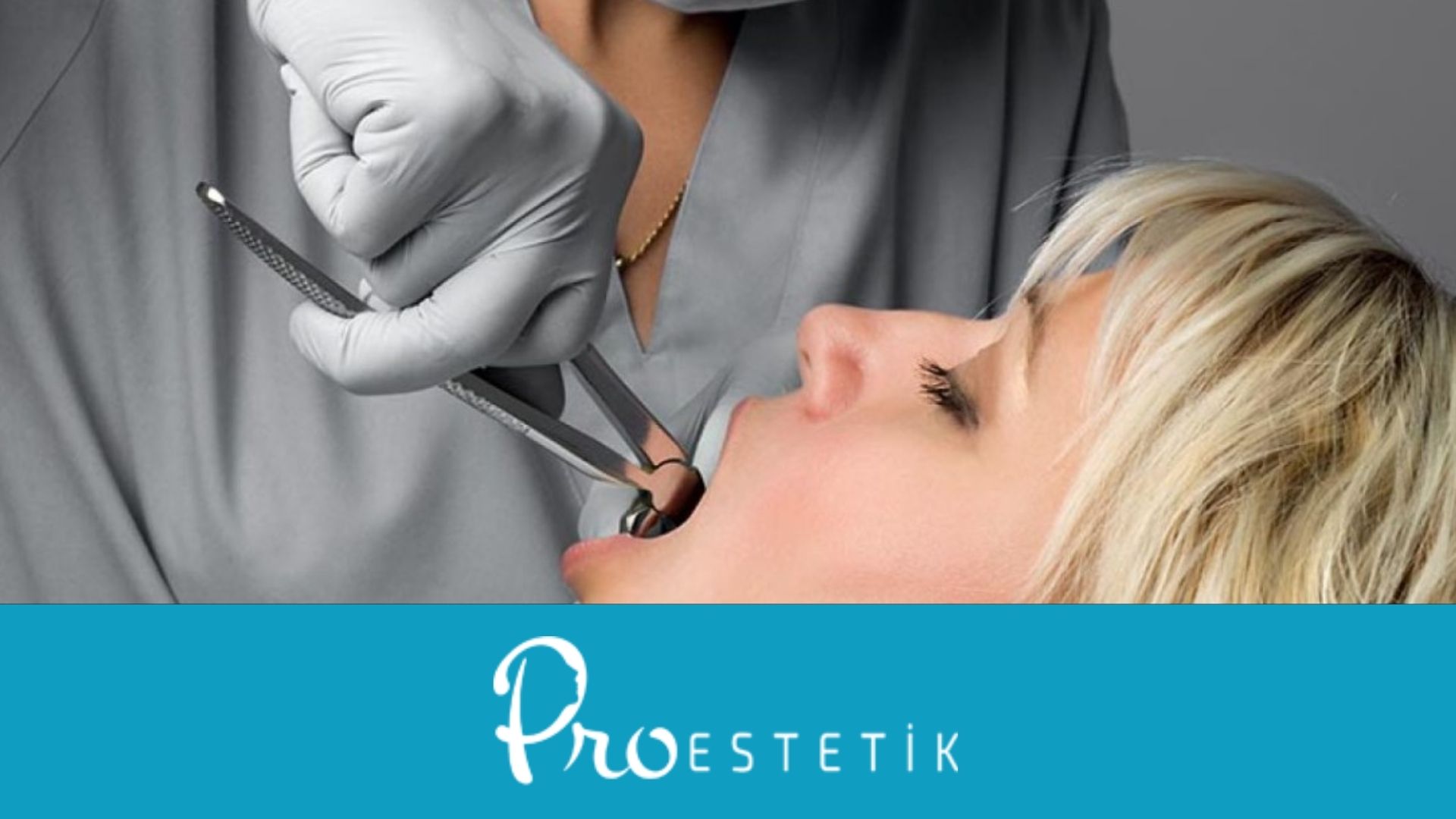When attention is not given to oral hygiene in children, various oral and dental health problems can arise, and one of them is tooth decay. Tooth decay in children manifests itself from an early age, starting with baby teeth. When a tooth decays, children go through a painful period.
Let's explore in detail the symptoms and treatment of tooth decay in children.
Causes of Tooth Decay in Children
Tooth decay, which harms dental health, not only leads children to experience a painful period but can also spread to other teeth as an infectious dental disease. Baby teeth in children contain more organic matter than permanent teeth, making them more susceptible to decay.
There can be various reasons among the causes of tooth decay in children, including:
- Deterioration of the enamel layer,
- Continuous use of a bottle during sleep,
- Consumption of sugar and snacks,
- Consistent carbohydrate-heavy diet.
The harms of tooth decay in children begin in the early stages. Tooth decay seen in children is colloquially referred to as "bottle rot." When milk is given through breastfeeding or a bottle, it accumulates on the child's teeth while they sleep, resulting in yellow and brown stains on the teeth.
Oral health and hygiene are crucial from an early age. Since children do not brush their teeth after meals, food residues left between their teeth can lead to decay. Although parents pay attention to their children's dental health, decay can occur due to certain reasons or genetic predisposition within the family.
How to Prevent Tooth Decay in Children

Preventive and treatment measures for tooth decay in children can be divided into two categories: preventing the formation of tooth decay and cleaning existing decay. To prevent tooth decay, it is important to pay attention to oral care and hygiene. After decay occurs, it requires an expert treatment process.
How to prevent tooth decay in children:
- Encourage children to brush their teeth twice a day, especially in the morning and evening, for two minutes each time.
- Fluoridated toothpaste can be used to prevent tooth decay, as fluoride strengthens tooth enamel.
- Using dental floss in areas unreachable by a toothbrush effectively removes food residues between teeth, preventing decay.
- Mouthwash helps disinfect the mouth and kills bacteria. You can use it in moderation after consulting a dentist.
- Maintaining a healthy diet is as important as oral care to prevent tooth decay in children. Consuming healthy and regular meals, instead of sugary and acidic foods and beverages, helps prevent decay.
- Regular dental check-ups are crucial to prevent tooth decay in children. Examinations and dental cleanings by a dentist are preventive measures against decay.
Fissure sealing, also known as fissure sealing, is another effective method. It is not widespread in our country but is commonly preferred in European countries. Starting from the age of 3 and continuing until the age of 20, this treatment, which does not cause pain or discomfort, involves sealing the grooves with a special liquid filling to prevent decay caused by food residues accumulating after meals.
Treatment of Tooth Decay in Children

Tooth decay in children is a challenging process. It is crucial to detect decay early and initiate treatment to prevent the stain from forming a deeper cavity. The question of how to treat tooth decay in children will be addressed below.
Treatment for tooth decay in children falls into two categories: preventive measures to avoid decay formation and cleaning procedures for existing decay. Oral care and hygiene are essential to prevent decay formation. After decay occurs, a specialist treatment process is required.
Preventive measures for tooth decay in children:
- Brushing teeth twice a day for two minutes each time, especially from a young age, is a fundamental and effective method.
- Fluoridated toothpaste can be used to prevent tooth decay, as fluoride strengthens tooth enamel.
- Using dental floss in areas unreachable by a toothbrush effectively removes food residues between teeth, preventing decay.
- Mouthwash helps disinfect the mouth and kills bacteria. You can use it in moderation after consulting a dentist.
- Maintaining a healthy diet is as important as oral care to prevent tooth decay in children. Consuming healthy and regular meals, instead of sugary and acidic foods and beverages, helps prevent decay.
- Regular dental check-ups are crucial to prevent tooth decay in children. Examinations and dental cleanings by a dentist are preventive measures against decay.
- Fissure sealing is a highly effective method. It involves sealing grooves with a special liquid filling to prevent decay caused by food residues accumulating after meals. This treatment begins at the age of 3 and continues until the age of 20.
If tooth decay has already started in children, it must be treated immediately. Treatment involves canal therapy and filling procedures. During canal therapy, the canal opened by reaching the nerves of the decayed tooth is filled with a filling. After canal therapy, the tooth's surface is covered, and it is restored to a healthier state.
Toothache in Children

Tooth decay in children causes intense pain. Inflammation in the tooth roots can lead to swelling of the gums and fever in children. Various symptoms indicate tooth decay:
- Tooth decay pain
- Gum bleeding
- Swelling of the gums
- Pain in the gums
- White spots on the tooth's surface
- Earache
Children experience toothache intensely. When researching what to do for tooth decay in children or how to alleviate the pain, it is essential to prioritize doctor consultation and the treatment process. However, people also look for home remedies to temporarily alleviate their pain. Some widely known pain-relief methods include:
- Gargling with saltwater
- Applying clove oil to the affected area
- Applying a cold compress
- Taking pain relievers
- Using dental floss
These solutions temporarily relieve toothache. The most effective way to address the pain is to make an appointment with a dentist and initiate treatment. For more detailed information about treatment procedures, you can contact us.

 English
English Turkish
Turkish Deutsch
Deutsch العربية
العربية![[:en]Children's Tooth Decay: Symptoms and Treatment[:tr]Çocuklarda Diş Çürümesi: Belirtileri ve Tedavisi[:de]Kinderkaries: Symptome und Behandlung[:ar]تسوس الأسنان في الأطفال: الأعراض والعلاج[:] çocuklarda diş çürümesi](https://proestetik.com.tr/wp-content/uploads/2023/12/cocuklarda-dis-curumesi.png)










